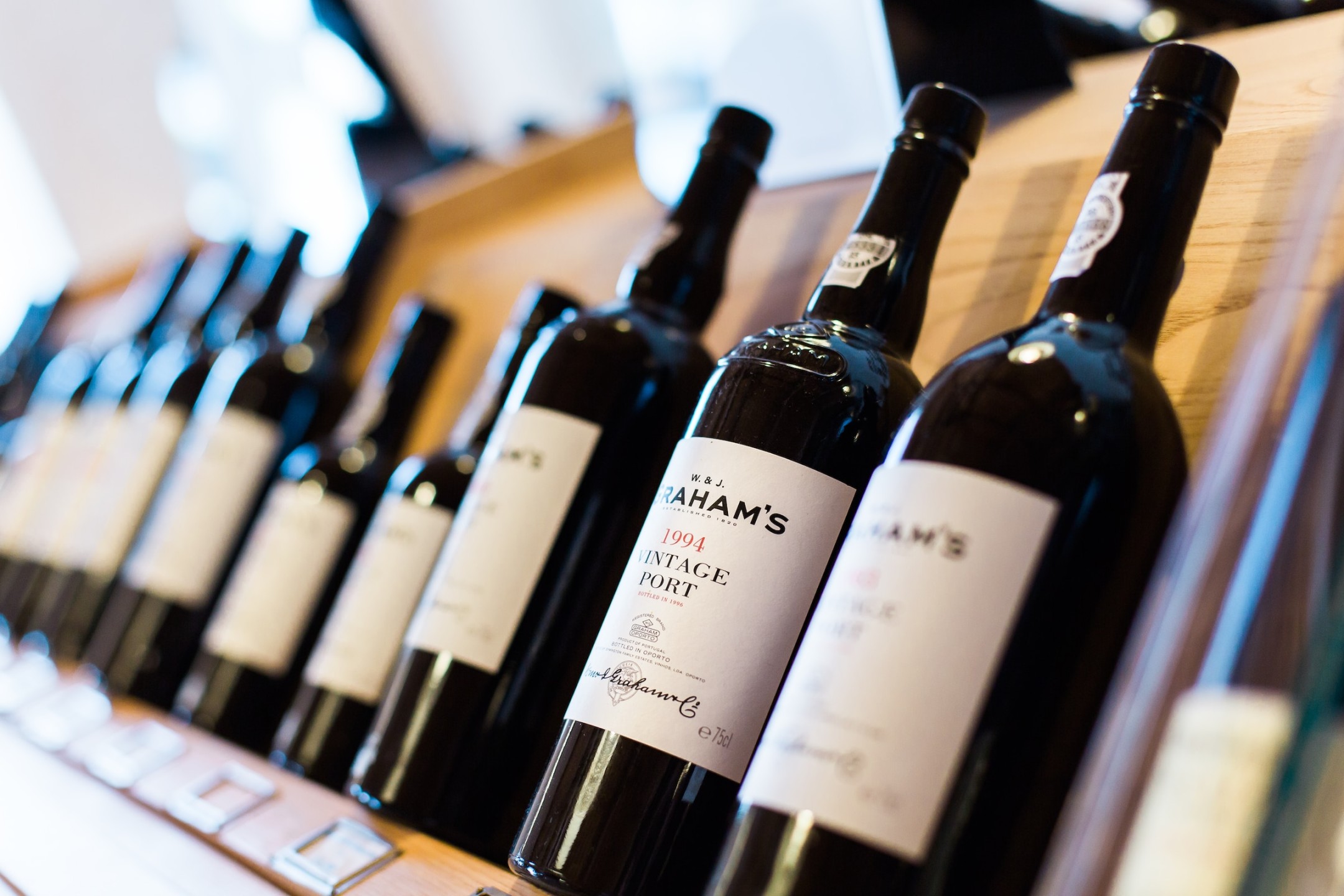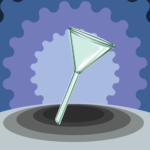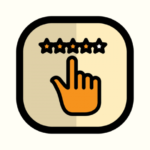With the continual activity of owning a liquor store, it can be difficult to actually track the performance of your efforts. The following key metrics will assist in evaluating areas for improvement to generate growth and increased profit. In addition, use this liquor store business plan to fully structure your liquor store for long-term growth. Let’s get started:
-
1. Sales Revenue
This metric evaluates your sales and indicates how your business is performing in the marketplace. Subtract any returned or defective products from the total sales income during a 3-to-6 month period of time. The resulting amount equals your sales revenue.
2. Net Profit Margin
Is your store generating a strong profit in contrast to the sales revenue? This is the “bottom line” metric you’ll want to know. To measure, subtract sales costs from the sales revenue. The result is the net profit margin. If low, either increase product pricing or decrease expenses. The greater the profit margin; the more opportunity exists for growth.
3. Customer Retention Rate
Do you have loyal customers who return again and again? To calculate, determine the total number of customers during a 3-month period and subtract the new customers during that same 3-month period. The results indicate the customer return rate. If high, you’ve got loyal customers; if low, improve the quality of services or products offered.
4. Growth Rate Metric
Measure your current revenue against the revenue collected during the same time in the last year to evaluate your growth rate. This indicates the health of your liquor store in general. If the growth rate is low, consider training sales staff and increasing product placement strategies.
Each of these metrics tells a story and informs the progress of your liquor store. Refer to them to track the successes and make improvements as needed.





